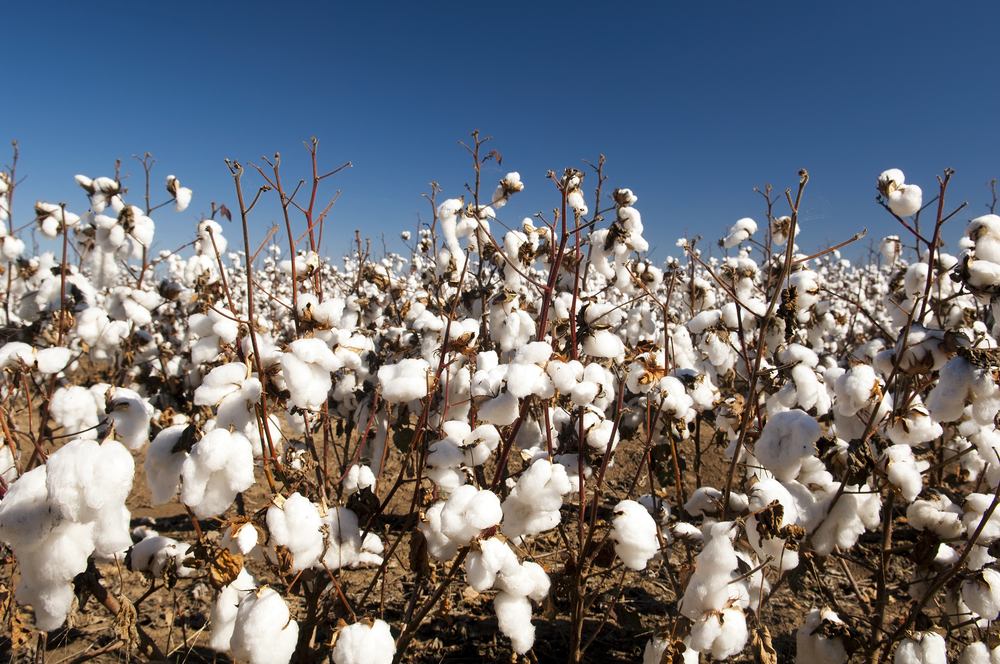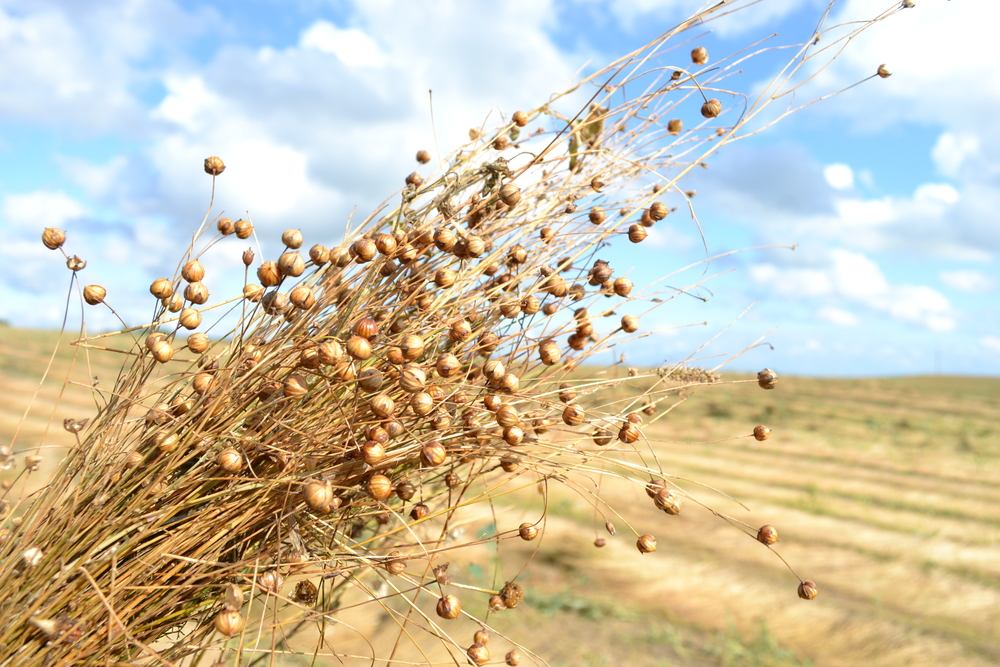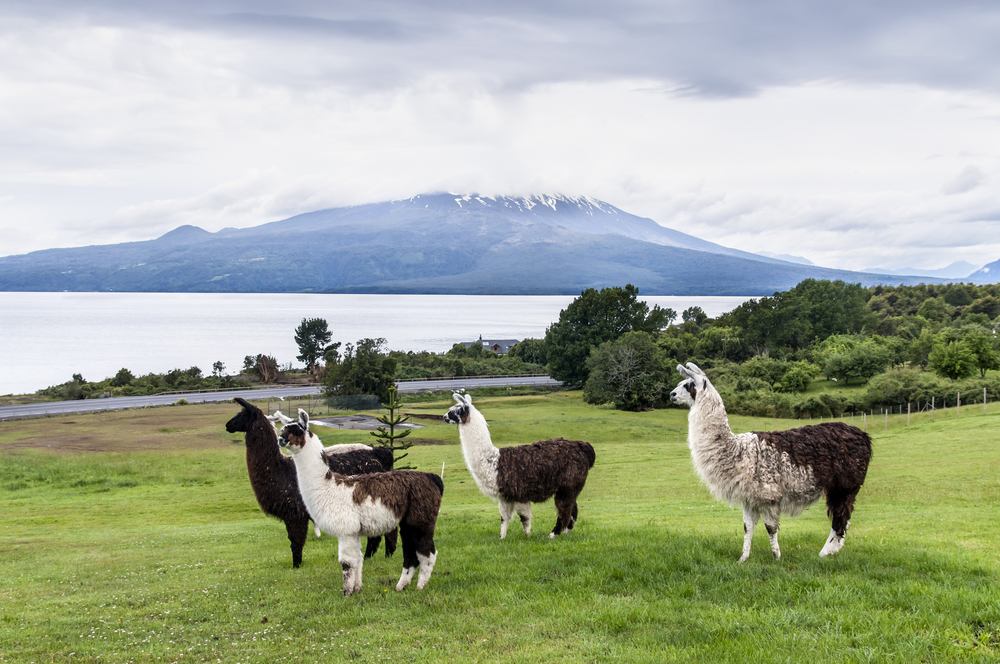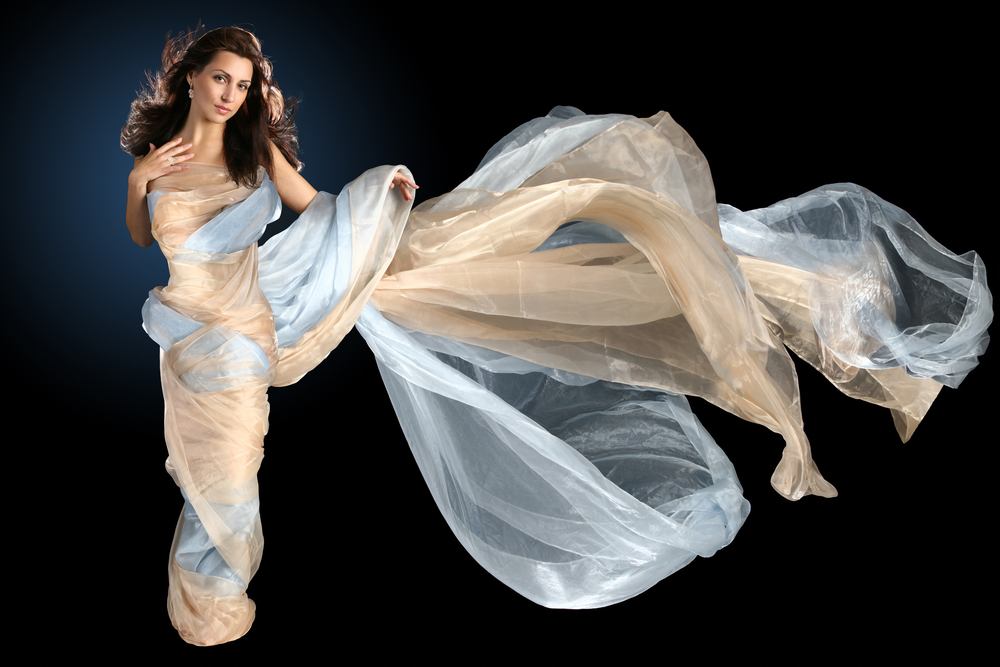
In the last few months, I have received several questions through the blog regarding natural textile fibers. Evidently, from the perspective of fashion consumers and professionals in the industry, there is a close relationship between these fibers and responsible, sustainable textile production; therefore they seek information on the topic. This situation has led to the next two articles of the blog on this issue.
In this first article, we will analyze in particular natural fibers of animal and vegetable origin.
If you are interested in learning more about natural textile fibers and sustainable fashion, I suggest that you read the second entry of this blog (link at the bottom of the page).
Natural textile fibers can be plant-based or animal-based.
Natural plant-based textile fibers.
Natural, plant-based textile fibers come from seed hair, such as cotton; from foliage, such as sisal; from the stem, such as linen; and some fibers come from shells, such as coconut.
Among the most widely used in the textile industry, important and recognized, we can list the following fibers:
Abaca.
Also known as Manila Hemp, abaca comes from leave sheaths around the stem of the plant of abaca, a species of banana.
It is a leave fiber valued for its resistance to the damaging effects of salt water, its buoyancy and the length of the fibers, which can be more than 3 meters long. Currently, it is being increasingly used in the manufacturing of garments, household textiles and upholstery thanks to innovations in the process of this fiber. It is certainly still being used to manufacture sailing accessories, in the currency paper industry and automotive sector, and even in the food industry.
Cotton.
Cotton grows in balls around the plant seeds and it is pure cellulose. Cotton is the natural textile fiber most widely used around the world and it is certainly the main protagonist in the global textile industry. There are two exceptional varieties of the highest quality: Egyptian cotton and Peruvian Pima.
It is widely used in the fashion industry, both in flat fabrics and in woven clothing items and household textile products. Cotton is used in combination with other natural and synthetic fibers, such as rayon, polyester, spandex, etc.
Cotton fabrics are comfortable, very soft, have good heat conduction and absorbency; these characteristics make it perfect for garments that are in close contact with the skin, both in spring-summer and fall-winter seasons. Cotton tends to shrink; it is prone to wrinkles and fading.
Organic cotton.
The biggest bet of sustainability is the use of certified organic cotton. It offers an efficient and sustainable use of natural resources avoiding synthetic or chemical pesticides and genetically modified seeds.
My article on organic cotton and fashion offers further details.
Coir.
Coir is a short, hoarse fiber extracted from coconut husk. There are two types of coir: brown fiber, which comes from mature coconuts, and thin, white fiber, which comes from green, immature coconut husks.
The white variety of coir fiber is used to manufacture rope and maritime elements because they are resistant to seawater. Brown fiber is employed to produce household textile items and even for the automotive industry. Additionally, geotextiles produced with coir mesh have special characteristics such as resistance to sunlight, great water absorption and they are 100% biodegradable.

Hemp.
Hemp fiber is obtained from the stem of the plant. One of the most relevant features of this plant is that it captures large quantities of carbon. With 70% of cellulose, hemp is an excellent heat conductor, it absorbs dyes adequately, it blocks UV rays, it is very resistant to mildew and has natural antibacterial properties.
Recent developments to “cottonize” hemp fiber could open the doors of high-quality fashion market to this fiber. The longest hemp fibers can be woven and knitted to create curly fabrics, similar to linen, used in the textile industry. The mixture of hemp with cotton, linen, silk and wool give hemp greater softness, while adding strength and durability to the product.
Hemp fibers are also used to manufacture paper and a wide variety of canvasses for different uses. It is also employed in the automotive and construction industries.
Linen.
Linen is one of the strongest plant-based fibers in nature; therefore it was one of the first to be grown, woven and knitted to manufacture clothing and accessories. There are different types of linen based on their species. The main types are: common flax and perennial flax.
Linen is a fabric with high mechanical resistance and little elasticity; therefore it wrinkles easily. Its softness increases with washes. As linen quickly absorbs and releases water, and as it is an excellent thermal conductor, the fabric is fresh, highly valued and employed in the production of clothing for warm areas. Linen garments are fresh, comfortable, and they symbolize elegance in summer fashion.
Linen maintains a strong traditional niche among high-quality textiles for household products, beddings, upholstery and interior design accessories.
Ramie.
Ramie fiber is white with gloss similar to silk, and it is one of the strongest natural fibers, close to linen in absorption and density. It has little elasticity and it dyes easily. Ramie fibers have some transverse fissures that make it very fragile, but at the same time promote ventilation.
The rugged ramie fibers are used to make ropes and nets. Through threading, they produce thin, very glossy thread that is used for a wide variety of garments.
Fabrics made 100% of ramie are lightweight, silky to the touch but with a linen appearance. Normally, as its elasticity and resistance are quite low, ramie is mixed with other textile fibers or used to improve the characteristics of other textile fibers. For example, ramie is added to wool to reduce shrinking or to cotton to increase strength.
Sisal.
Sisal is an excessively hard fiber and inelastic to be used in the fashion industry. It is employed in small proportions and in combination with other fibers for the manufacture of accessories and home decor items. Currently sisal is mainly used in the furniture, automotive and naval industries, always combined with other materials.
Jute.
Jute is extracted from the stem of a plant with the same name and it is very easy to grow and harvest. Jute is one of the cheapest fibers to produce.
This fiber is also known as “golden fiber” because of its glow. Jute is one of the strongest, plant-based natural fibers, and it is second to cotton in terms of production volume.
Jute presents poor absorption, so it deteriorates quickly when exposed to humidity; it has low thermal conduction, but it contains significant insulating and anti-static properties. Jute is used as supplementary material in textile and footwear manufacturing, as well as in household textiles.
Kapoc.
It is a white fiber similar to hair that comes from the seeds of a tree called Ceiba Pentandra. Kapok is also known as “silk cotton” because of its gloss that resembles silk.
Kapok’s fiber, weak and short, is resistant to moisture and it has a soft, lustrous texture.
The largest volume of its production is used for household textiles.
Ramina.
Ramina is a ligneous fiber also known as China grass.
It is rigid, shiny and lustrous.
Ramina is used for household textiles.
Natural animal-based textile fibers.
Animal-based fibers are wool, fur and excretions, such as silk.
Alpaca.
Alpaca is a very exclusive fiber, hollow in part of its structure, and it comes naturally in twenty-three different colors. It is extremely lightweight, has great insulation properties and is stronger than sheep’s wool. Alpaca is mixed with other natural fibers such as mohair, silk or wool to make luxurious garments of the highest quality, both in knitted and flat fabrics.
Alpaca fibers of higher quality coming from the shearing of pups and younger specimens are considered smoother, softer and warmer than cashmere. It is currently being used to manufacture sportswear. The leading brands in sports have been seduced by this fiber due to its insulation qualities in cold weather.
Angora.
Angora is a natural animal-based fiber that comes from the Angora rabbit. It is silky, thin and soft. This “ultra-silky” white hair from the Angora rabbit is a hollow fiber classified as wool. The hair is light, with great water absorption and quick dry.
Extremely light but very warm, angora is used mainly to make woven clothes such as pullovers, vests, sweaters and fashion accessories for winter season. Flat fabrics with angora are used to manufacture thermal garments. Angora is mixed with wool to create greater density and elasticity in the fabric, especially for the production of suits and blazers. It also used to make high-quality and luxurious garments.
Cashmere.
Cashmere comes from the Kashmir goat, a native of the Himalayas.
Cashmere is a very expensive and exclusive fiber. It is extremely soft and has great thermal properties; cashmere is used to manufacture high-quality sweaters and children’s warm clothes. The well-known “pashmina” is a type of cashmere used in shawls and scarves, produced in the Kashmir Valley. More robust cashmere is employed to manufacture high-quality rugs and carpets.
Sheep wool.
A limited supply and its exceptional qualities have made wool the most widely used animal-based textile fiber in the fashion and textile industry.
Wool is a fiber with curly appearance, elastic, soft to the touch, which easily absorbs moisture and has an extremely low rate of heat release. These last few characteristics make woolen garments comfortable and warm.
Wool is a fiber of multiple functions and a wide range of diameters that make it perfect for manufacturing clothing items and fashionable accessories. It is mixed with other natural and synthetic fibers to increase strength. Wool is also used in household textile products as well as in industrial developments such as thermal and acoustic insulation.
Mohair.
Mohair is the hair of the Angora goat from the Tibet.
It is a very shiny, insulating type of wool, softer and stronger than sheep wool. Mohair is white and dyes with exceptional ease. It has excellent absorption capacity and is mainly used to make knitted garments and crochet accessories. Mohair is also utilized in household textiles to make luxurious beddings and upholstery.
Camel hair.
Obtained from Bactrian camels with two humps, it is a fine, soft fiber that is used exclusively in luxurious textiles due to its quality and small supply. To manufacture ultra-exclusive items, camel hair is mixed with cashmere and, in other cases, due to its high cost, it is combined with wool to reduce the final price tag of the garment.
This fiber is employed to manufacture a wide variety of clothing items –suits, coats, sweaters and jackets—and other accessories for winter season such as gloves, hats and scarves.
Silk.
In many people’s eyes, silk is still “the queen of fabrics”.
Silk is a protein filament produced by the silk worm. Feeding on mulberry leaves, the worm produces liquid silk that once solidified forms the filaments to build its cocoon. Then, once the larva is dead, heat is used to soften the hardened filaments and to unroll them. These individual filaments are later intertwined into one single filament to form the silk yarn.
Silk is a lightweight, lustrous and soft fiber. It is highly resistant to tensile strength with little or no elasticity. Silk is very glossy because of the triangular prism structure of the fiber and this causes garments made of this fabric to refract incoming light into different angles.
Naturally, silk is used in high-quality textile industry to produce exquisite accessories as well as luxurious, haute couture garments. Additionally, it is utilized in a wide range of home décor items.
In the next article, we will analyze the reasons why the use of these natural textile fibers in fashion is an excellent initiative of Social Responsibility and Environmental Sustainability.









































 (10 votes, average: 3.40 out of 5)
(10 votes, average: 3.40 out of 5)






